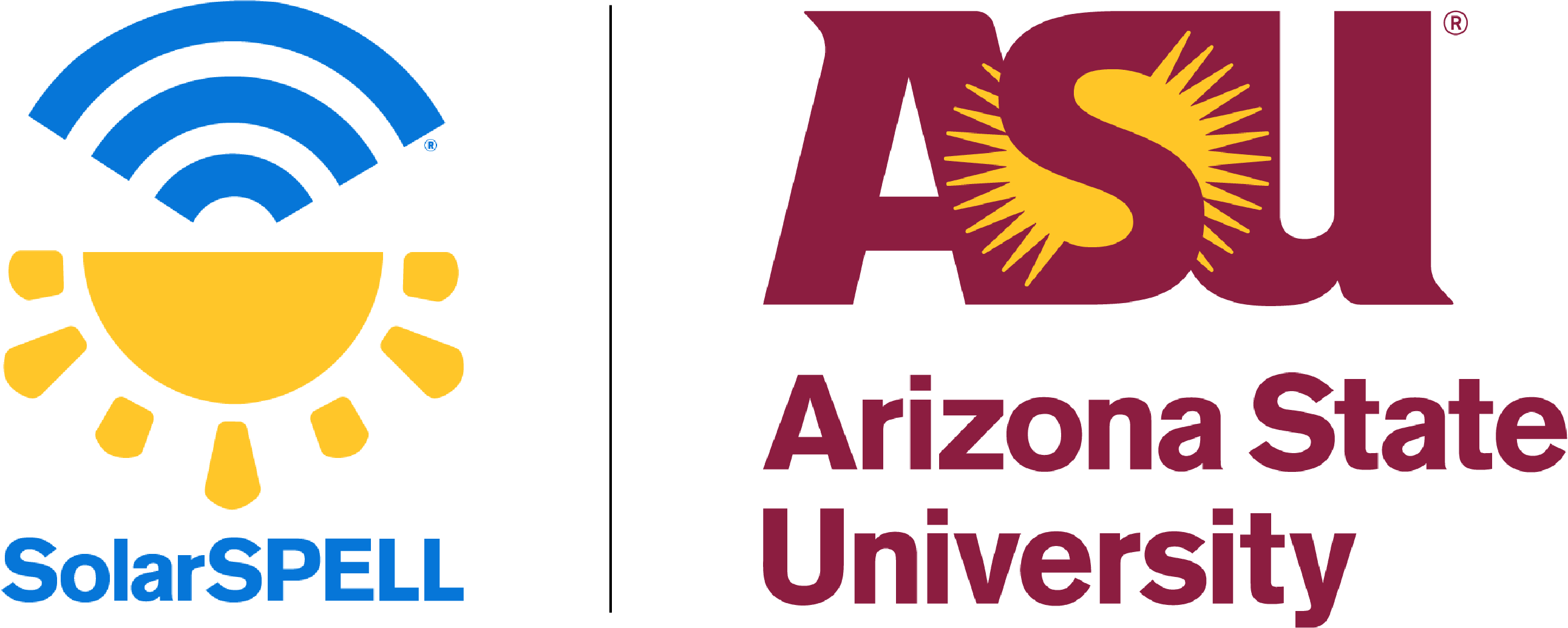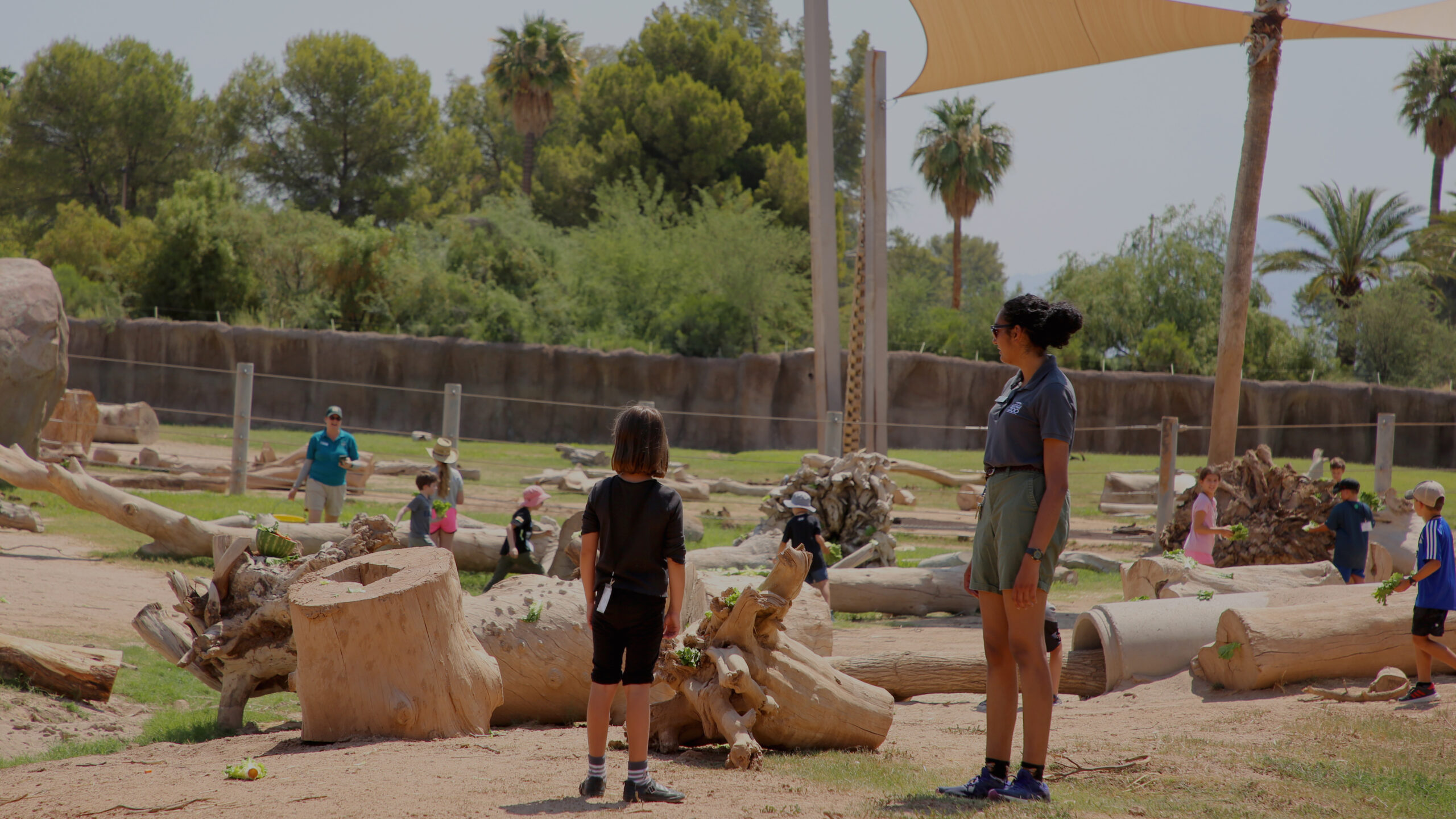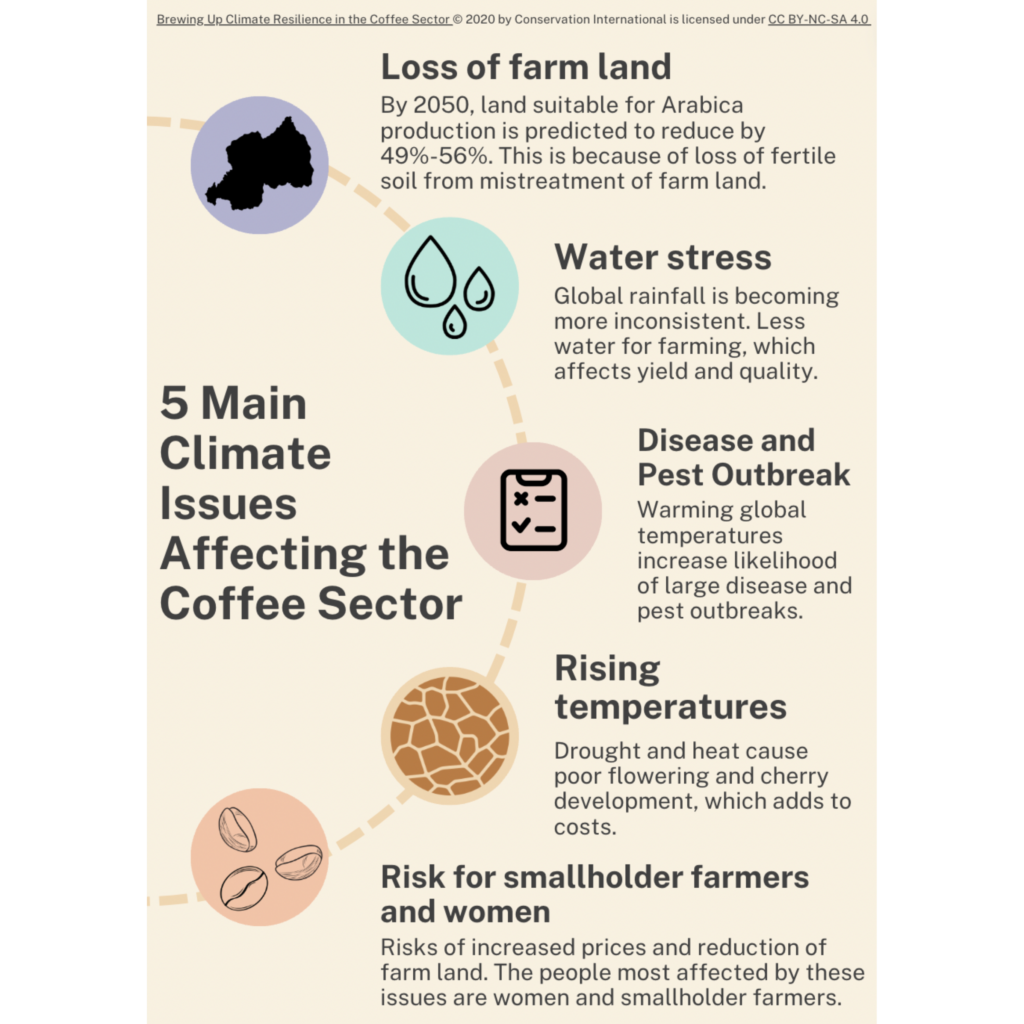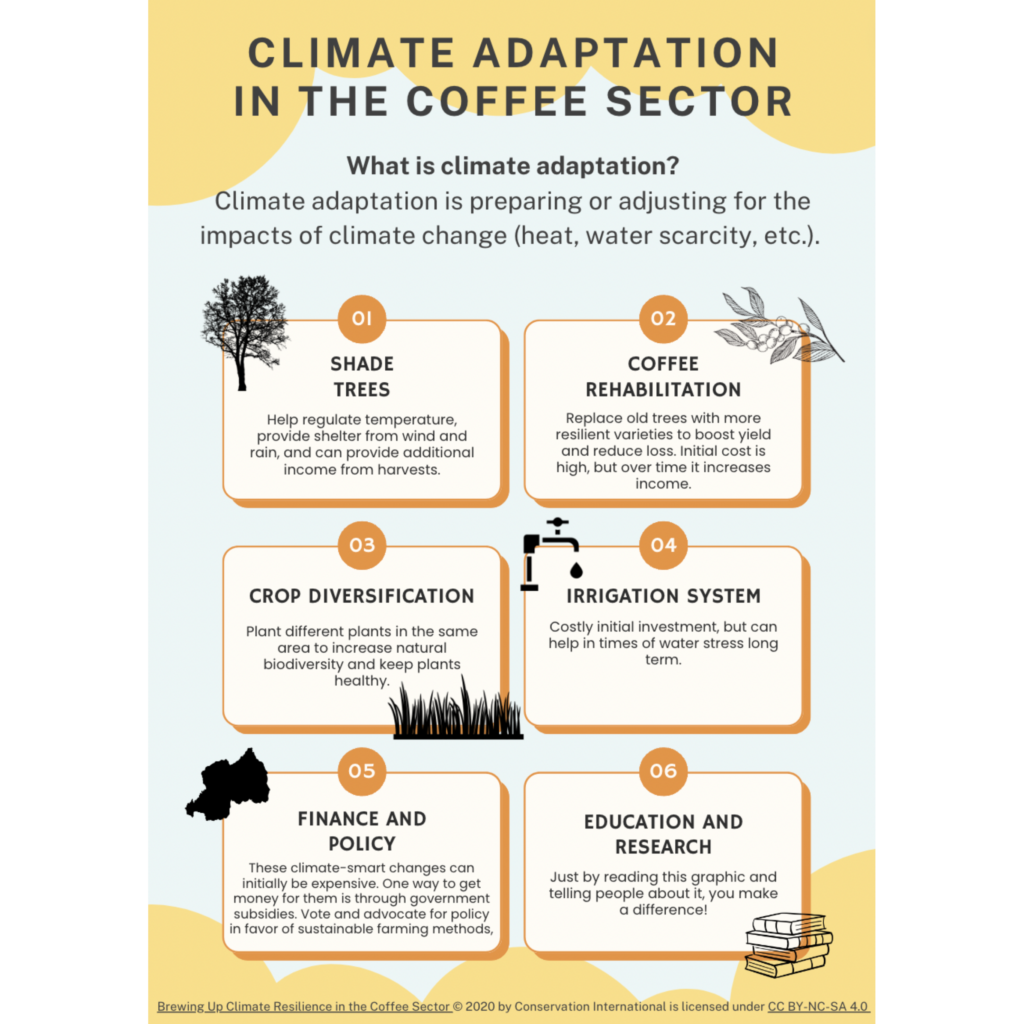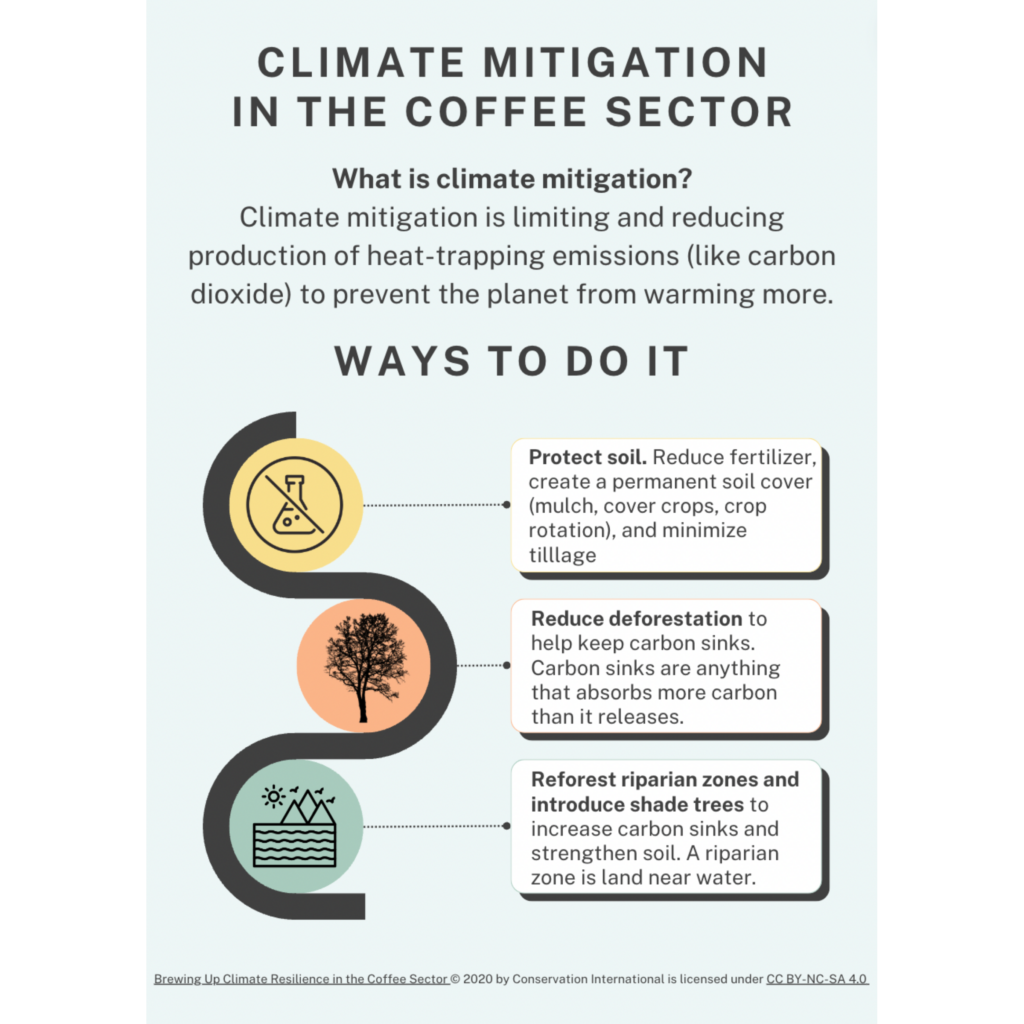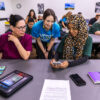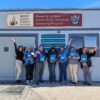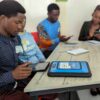By Shaela Patel, SolarSPELL Wikipedia for Schools Intern
Conservation Biology and Ecology, BS 2027, ASU School of Life Sciences
It’s a Friday afternoon: the time of the week where the kids have the most wiggles. To cure the chaos amongst this wild group of 23 eight-, nine- and ten-year-olds, my co-workers and I decide to have everyone sit in a circle on the floor. I start to tell the kids the story of our planet. My props include three colorful felt sheets, which will act as blankets for my beach ball Earth.
“As humans start producing more of the heat-warming gasses from cars and trucks, Earth gets another blanket. Are you hot or cold under a blanket?”
“Hot!” All the campers reply.
“So Earth gets hotter with another blanket added.” I add another felt sheet to cover the beach ball. “What do you think happens to this part of Earth?” I point to the bright white arctic poles on my beach ball.
“It melts!” Various kids reply. We are all sitting in the education classroom in the Reid Park Zoo health care center. Our classroom has a window into the animal treatment room, the zoo’s pharmacy and into the surgery suite. Yet everyone is focused on what will happen when Earth gets too hot.
“Awesome job, you guys! And then what happens to the animals that live in those places when the ice melts?”
“They lose their home,” a couple of campers reply. I go on to explain that when ice melts, oceans rise, weather gets stronger, it will get hotter, and both animals and humans will be in danger. This global warming causes what’s called climate change, and there are things that these kids and their adults can do to help stop it. I get déjà vu because, on my lunch break, I was working on delivering this same information to youth on the other side of the world.
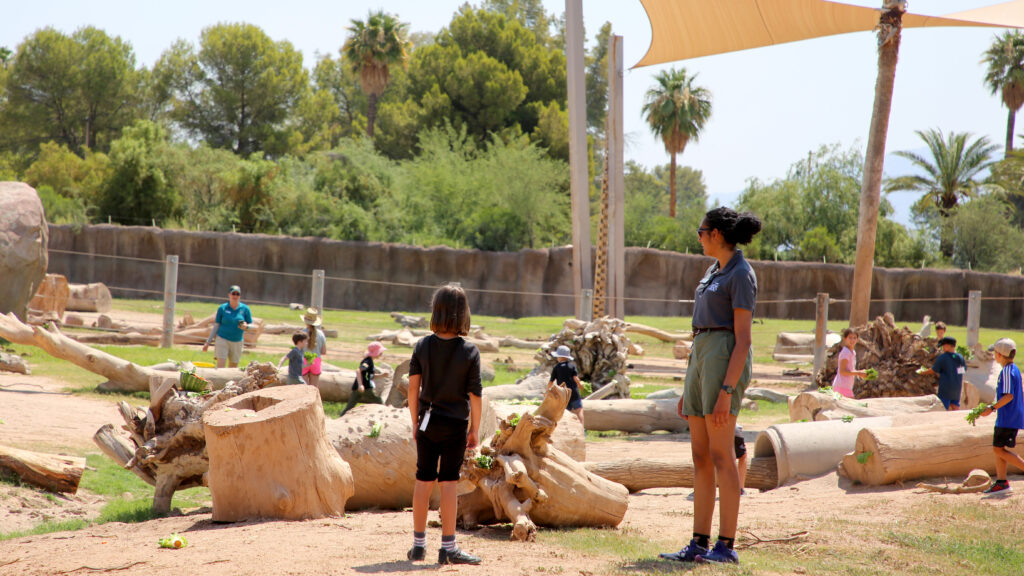
Photo courtesy of Reid Park Zoo
This summer, along with working the summer camp at my local zoo in Arizona, I interned with SolarSPELL on the Wikipedia for Schools team. I curated articles to add to the Wikipedia for Schools module in SolarSPELL’s education collection. My focus was on articles about natural science, specifically conservation biology, as well as plant and animal species native to Lesotho and Southern Africa. I pulled articles on climate change, habitat loss, climate justice (the interconnectedness of climate change effects, racism and poverty), and niche, area-specific solutions such as ecological tourism. Through camp, I taught similar information about animals, conservation and climate change to youth in my local community. And I was able to bring my conservation education and interpretation skills into my work with SolarSPELL by trying to find articles that I thought my kids at camp could also learn from.
I used this interpretation skill last spring, as well. My internship with SolarSPELL in the spring 2024 semester was as a part of the Agriculture Curation Team. I curated content on conservation agriculture and sustainable coffee production for agriculture extension workers in sub-Saharan Africa using SolarSPELL’s agriculture collection. As the team was already fully-fledged, we were getting close to exhausting all the resources we could find, and most of the things we were finding were long articles or guides on sustainable farming. Because English isn’t their first language, those using the library the most would find long guides hard to learn from, so we came up with the idea of creating our own resources. We made infographics summarizing the most important and relevant information from the long guides and included tons of descriptive pictures. (See some examples below.)
This is something that I do in my daily life as well. I volunteer with a climate organization called the Arizona Youth Climate Coalition, and one of my main jobs is creating educational graphics for our social media. I pick a topic (composting, for example), and create a secondary source that is easy for people scrolling through social media to understand. My research, interpretation and design skills all came together last spring to shine a light on sustainable coffee production and climate change in an easily digestible way. And the practice I had in SolarSPELL is now helping me create easier-to-interpret, well-researched graphics for the Arizona Youth Climate Coalition.
I am very passionate about SolarSPELL’s mission of equal opportunity for education for all, and I am using this mission to fuel my passions outside of my internship, at Reid Park Zoo and in the Arizona Youth Climate Coalition. All three of these opportunities connect in the education aspect. The reason why I am studying conservation biology at Arizona State University, the reason why I want to pass on my knowledge, is because someone inspired me when I was younger — through education — to care about the planet and its life.
Conservation education has the power to shift policy and ultimately save our species. What SolarSPELL is doing is quite literally planting that seed for people who might not have another opportunity to gain the passion for natural protection. This summer especially I constantly applied the skills I learned in SolarSPELL to my job at the zoo and vice versa. I hope to ‘empower learners’ both locally and globally to ultimately save our planet and the species on it.
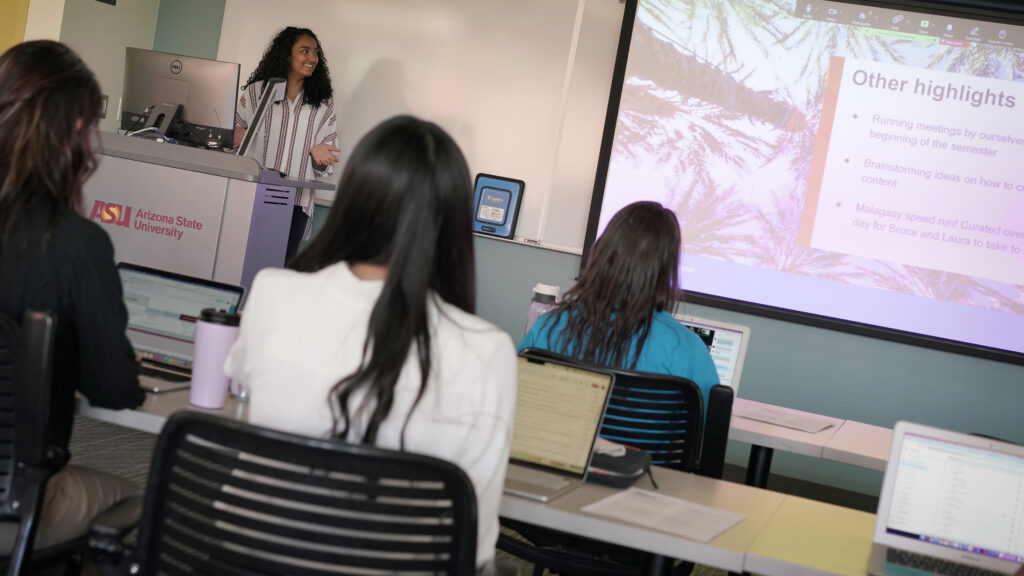
Photo by Abby Johnson / SolarSPELL
